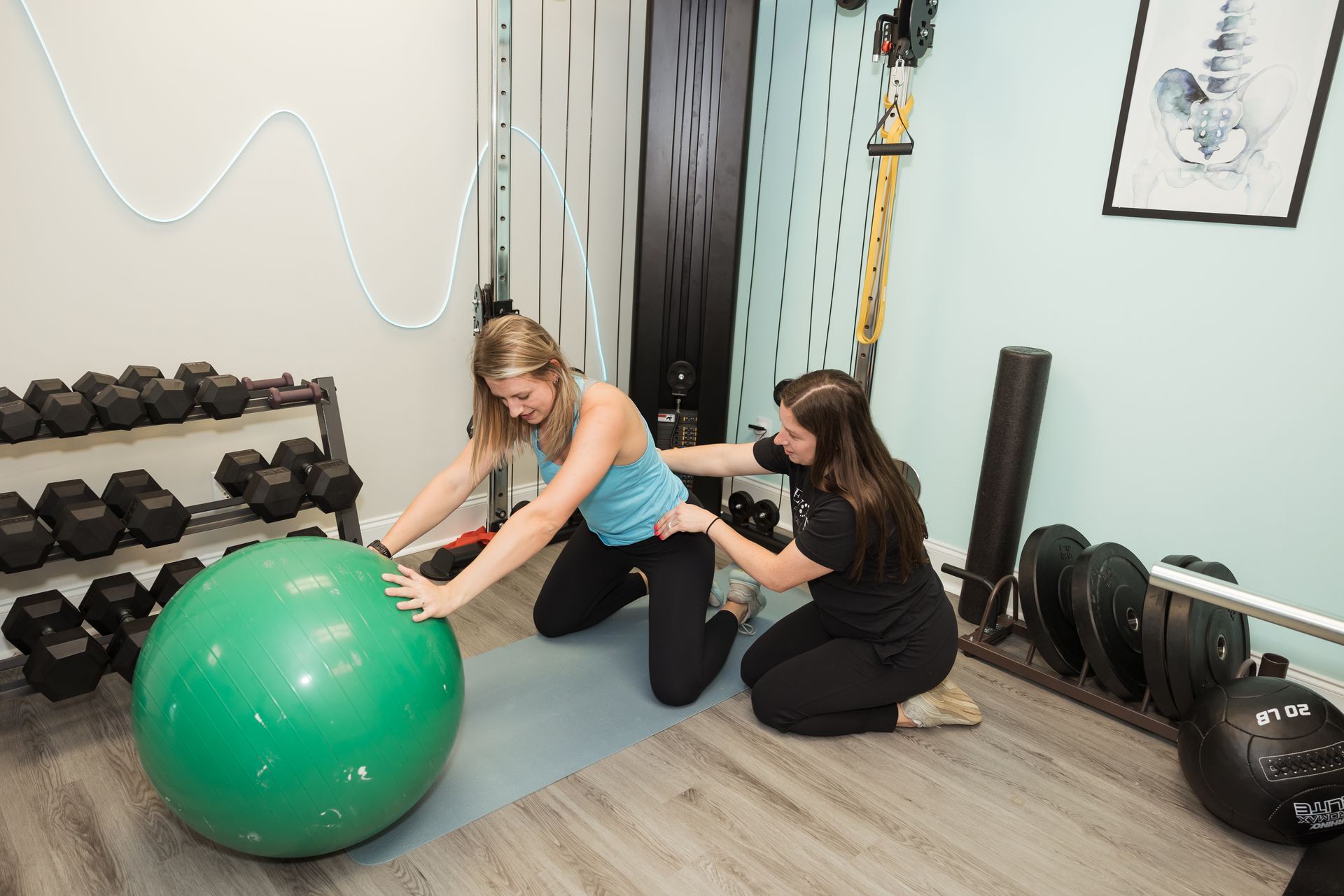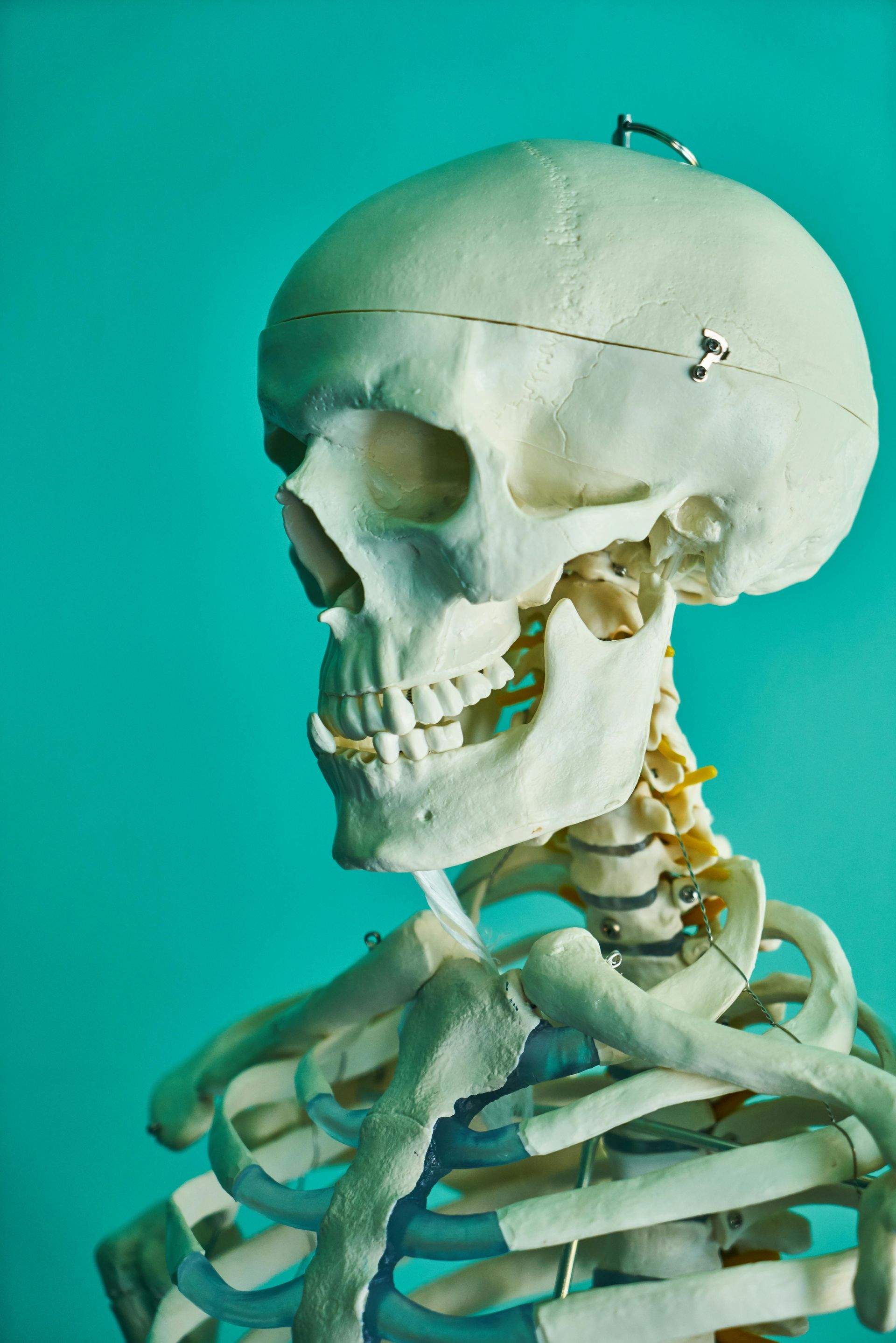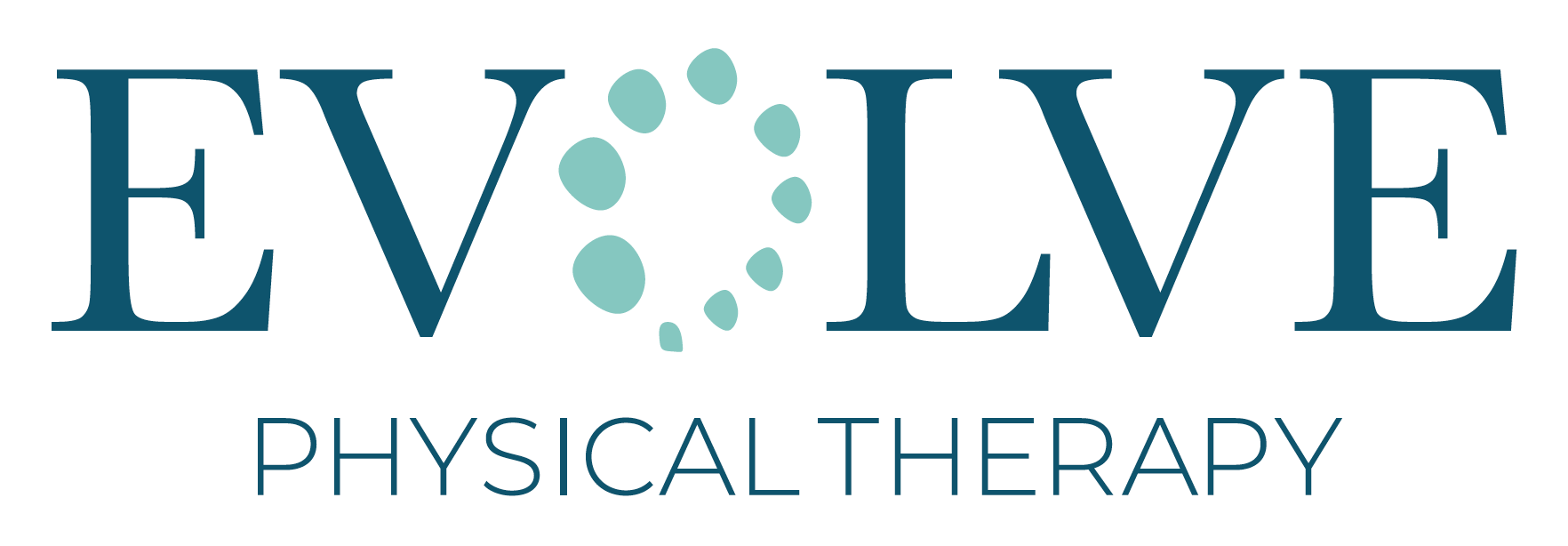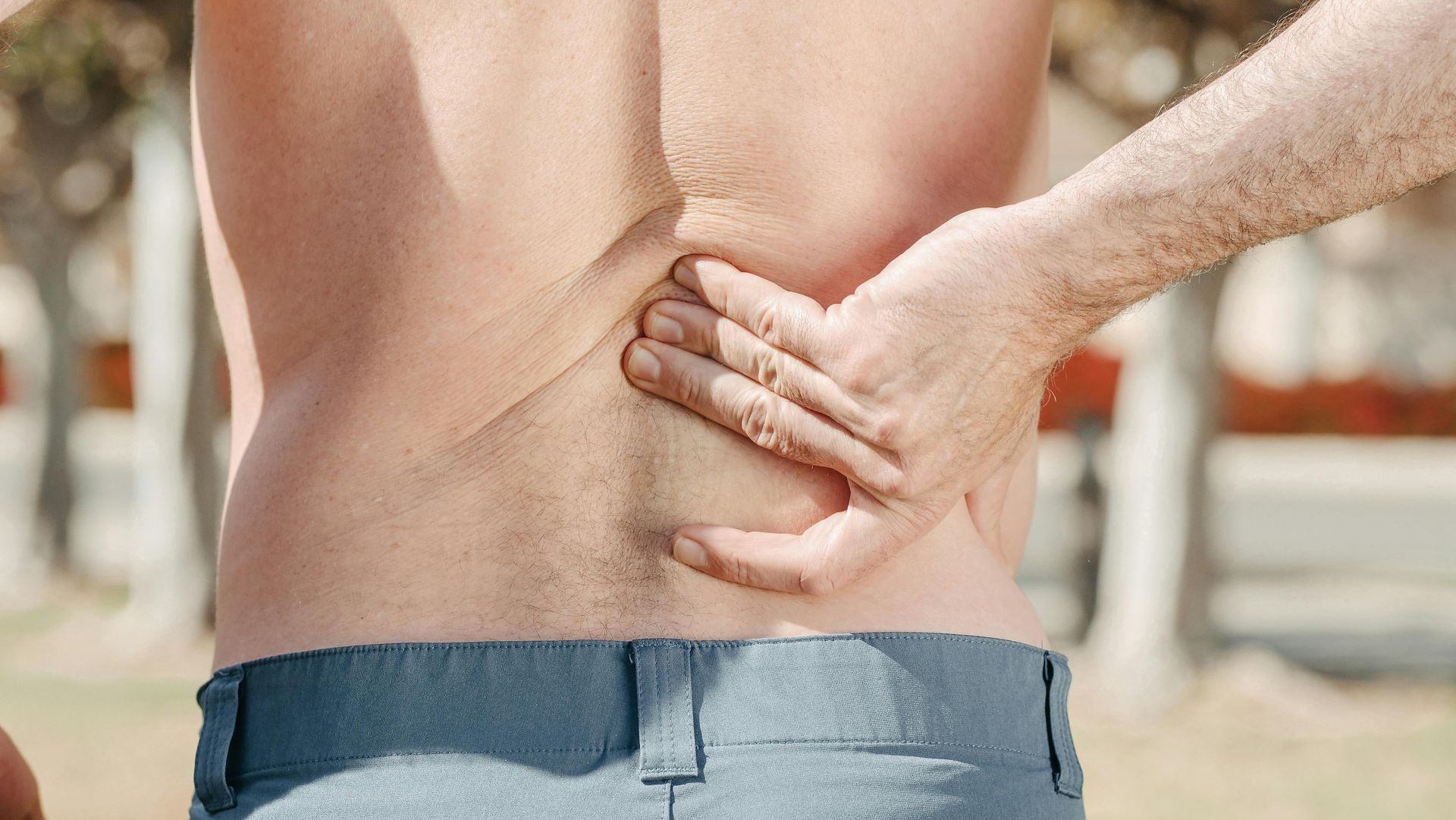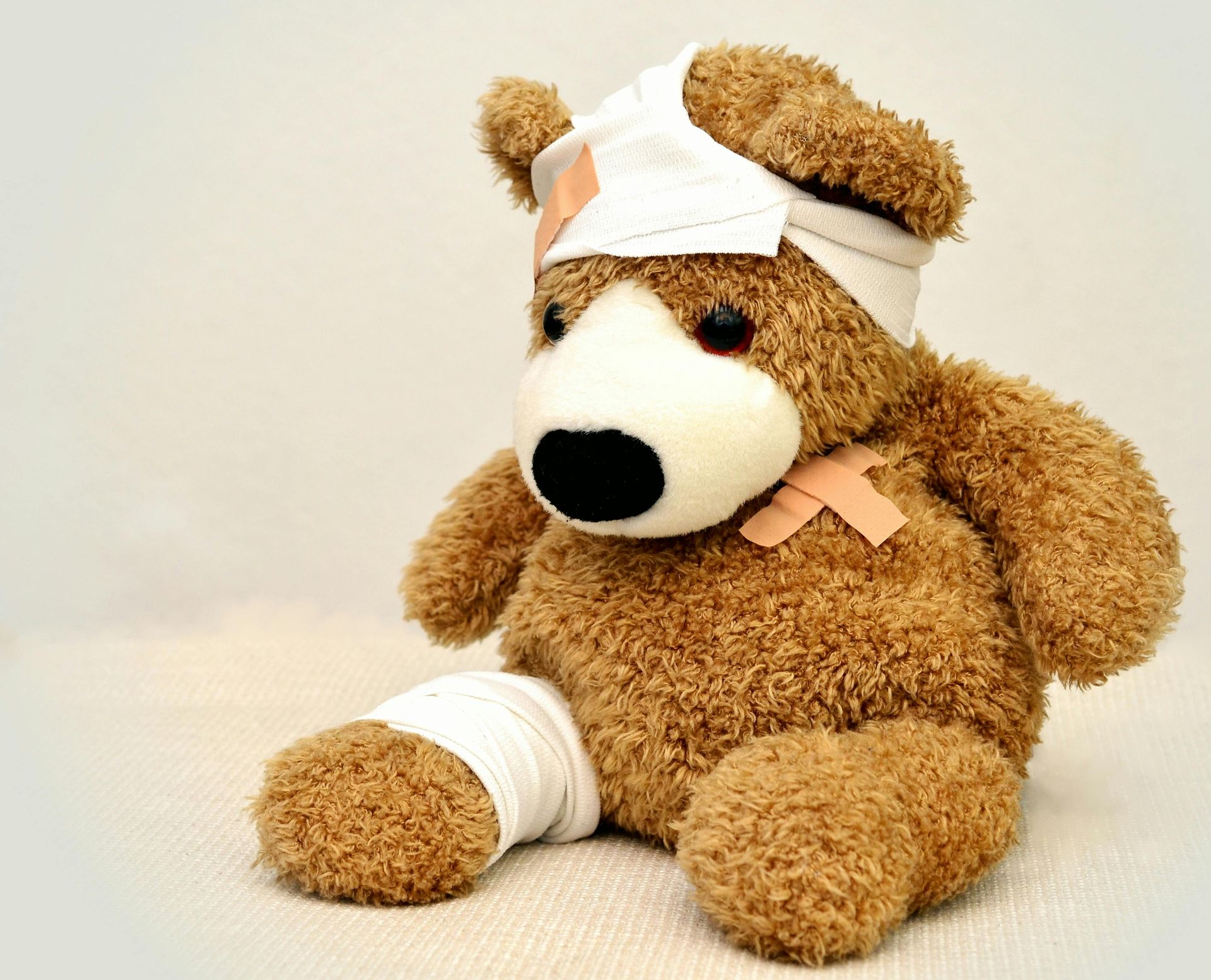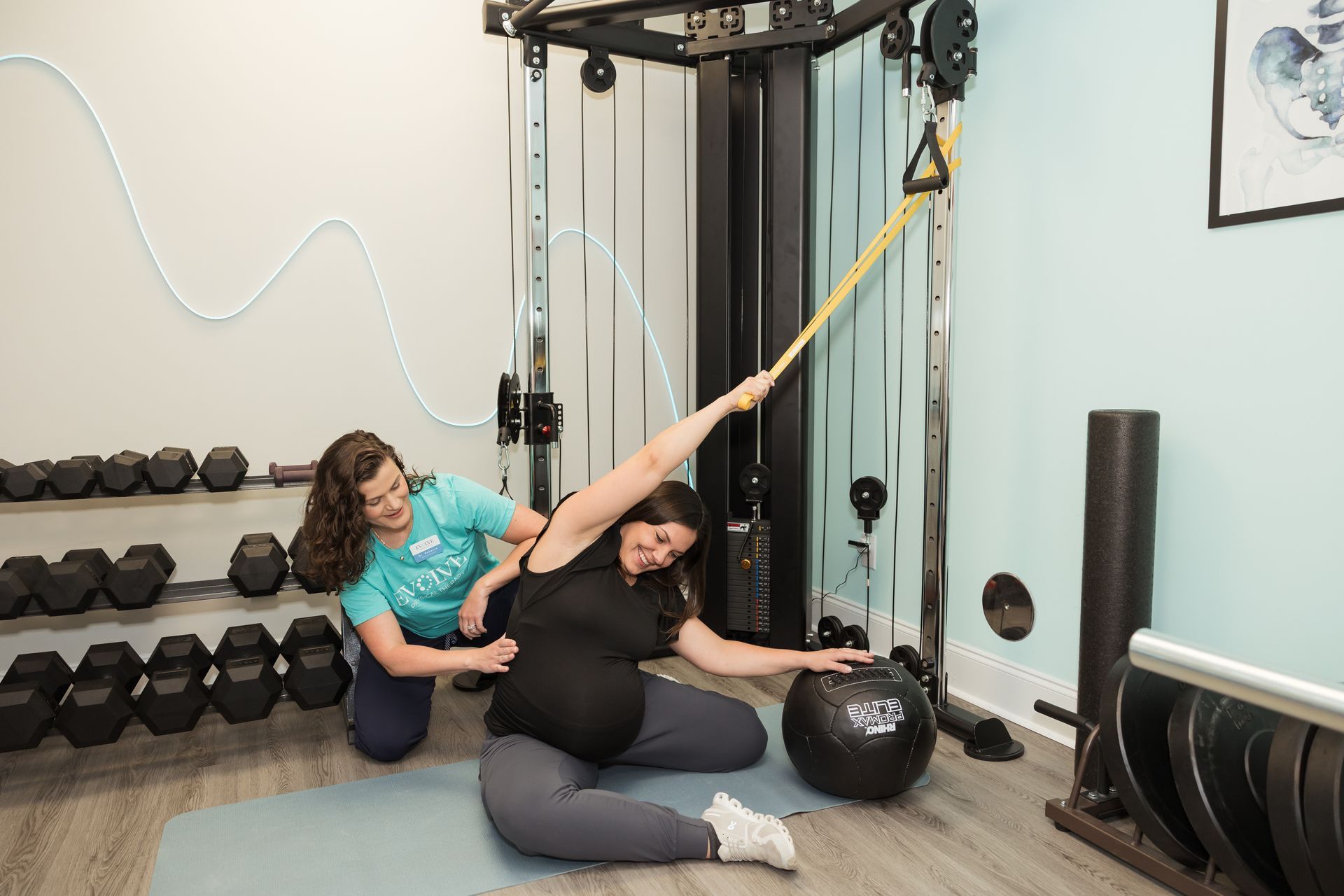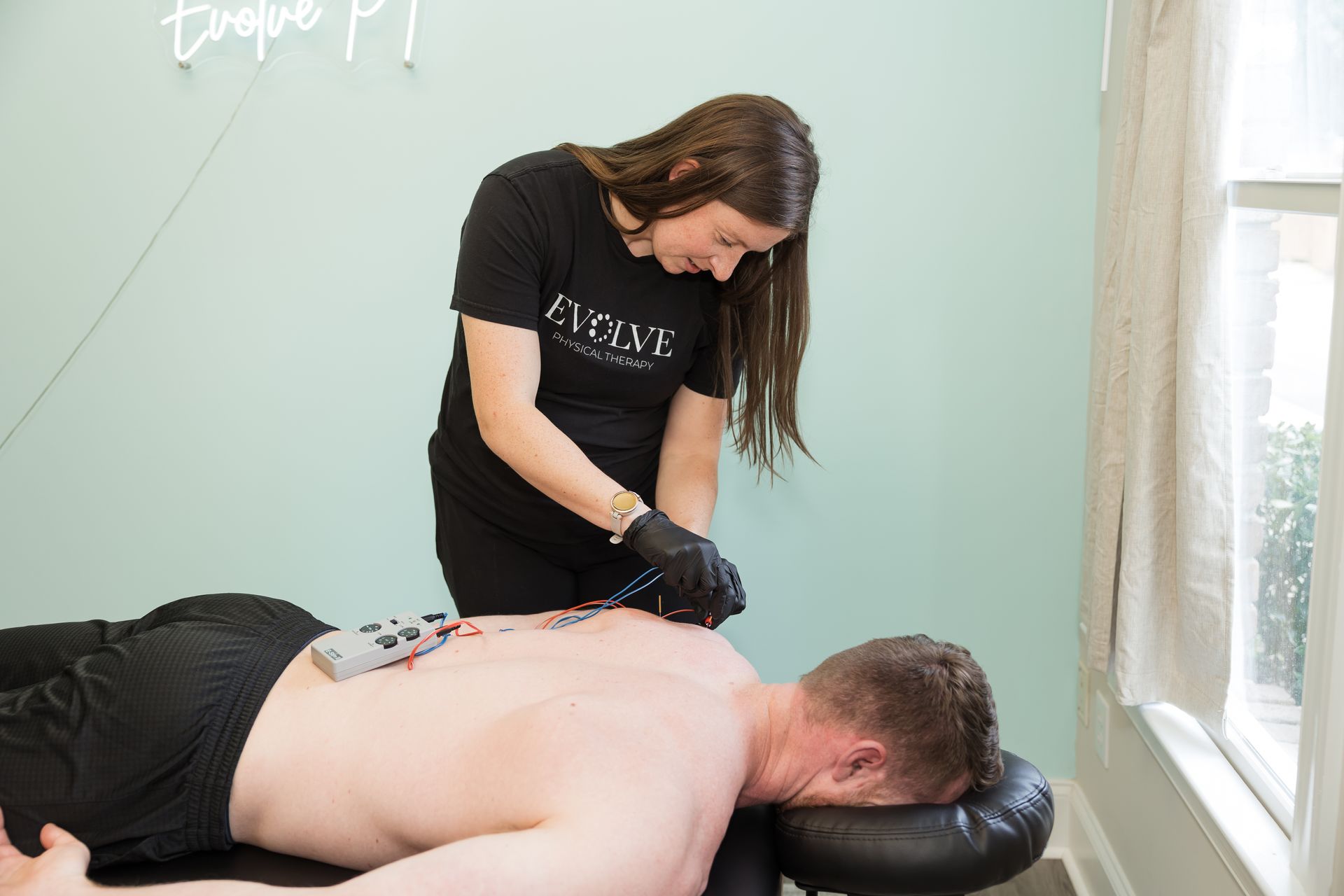Hypermobility = More Responsibility

There are three primary categories to classify joint mobility: normal mobility, hypermobile, or hypomobile. Hypermobile joints are classified as those that exceed the normative range of motion values. While being extra flexible sounds advantageous, it also requires increased strength and coordination through a larger than usual range of motion.
When considering the stability of a joint, there are passive structures such as the shape of the bones, ligaments, joint capsules, labrum and bursa which help the joint maintain its alignment without muscular activation. Dynamic stability of a joint comes from the nervous system working together with our muscles to create smooth and efficient movements. With hypermobile joints, we can work to protect them by improving their dynamic stability through their large range of motion to help reduce risk of injury.
Joint hypermobility is also a common presentation in patients with genetic connective tissue disorders such as Ehlers-Danlos Syndromes. Some patients with EDS may experience frequent subluxations, sprains and dislocations due to the instability of their joints. Because of the compromise to their passive stabilizers, sometimes patients with EDS will present with complaints of muscular tightness that truly are stemming from decreased muscular flexibility, as the muscles have been essentially working double time to create stability.
A common complaint I often hear from patients is “feeling tight.” But when we check their active and passive range of motion and muscular flexibility, their mobility is above average. Instead, their symptoms of tightness are often caused by muscular weakness, poor endurance, or suboptimal coordination. One treatment strategy I like to try is dry needling with electrical stimulation for pain modulation and improved activation of the targeted muscle’s motor unit, followed by neuromuscular stabilization and strengthening activities to provide long term benefits. Although joint manipulations and stretching feel good at the moment, these treatments are essentially reinforcing excessive mobility in already hyper flexible joints.
As Uncle Ben warned Peter Parker (aka Spider Man), “With great power comes great responsibility.” If you have the superpower of being extra bendy, then take into consideration the increased demand on your neuromuscular system to keep your joints stable, and train accordingly!
Dr. Rebecca Acevedo, PT, DPT - Holly Springs, NC Physical Therapy
